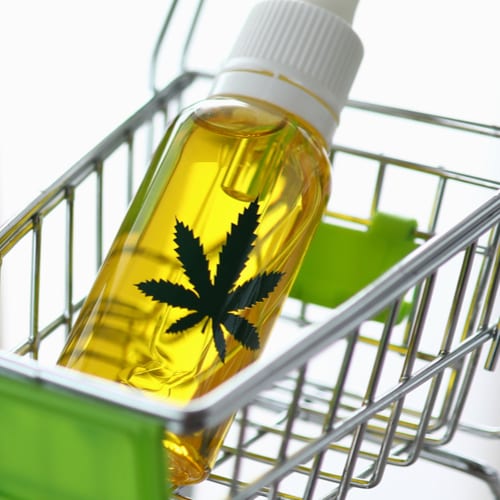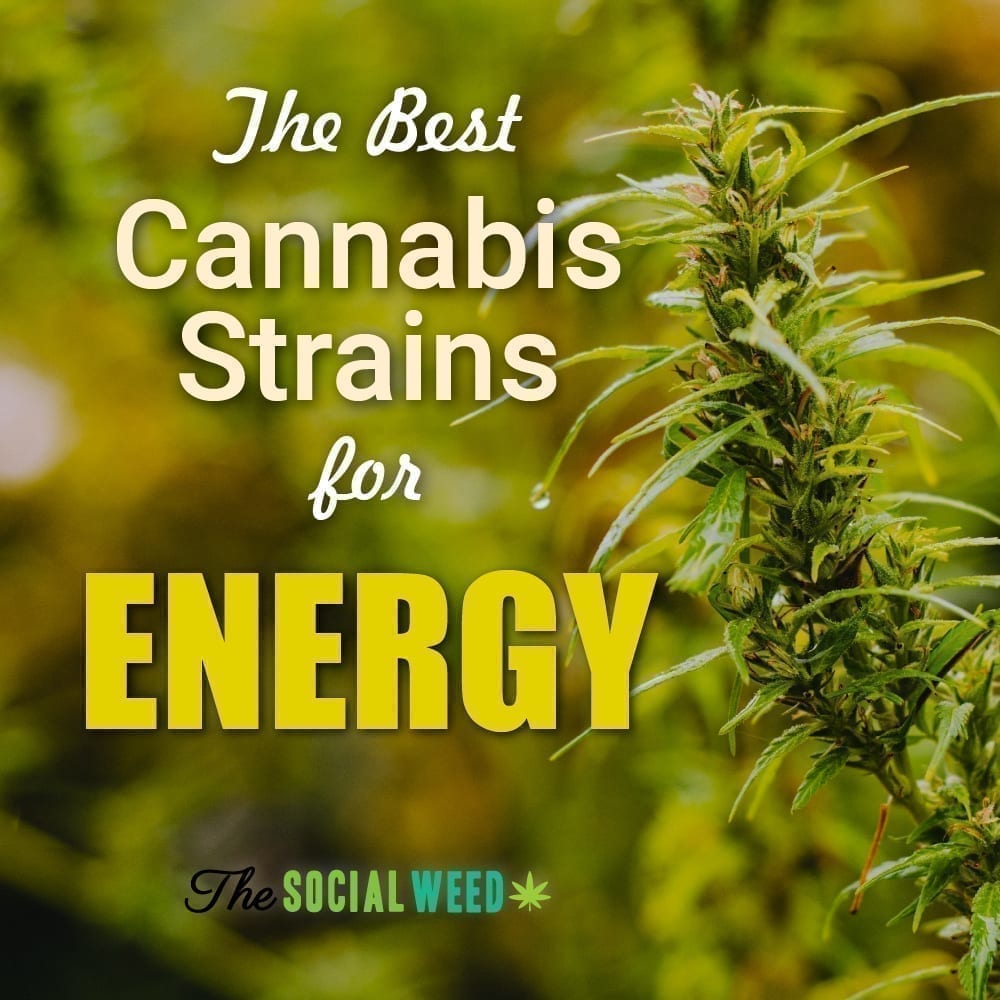
For as long as marijuana has been around, Opioids have been right with it. Known as Asia’s original painkiller, it dates back a century before Marijuana was used. The two have been long debated as the powerhouses behind chronic pain. Despite how much they are compared in the argument for marijuana federalization and opioid abuse, they couldn’t be more different.
As of late, the topic in the discussion was brought up at a hearing before the House Judiciary Committee. DEA Acting Administrator, Robert Patterson, discussed opioids epidemic facing our country and refusal to reschedule marijuana. During the exchange however, he cited deaths from marijuana and was pressed to elaborate.
He could not; only backtracking to admit, “I understand the issue here, which is [opioid] is not comparable [to marijuana].” His adamant nature towards showing cannabis in a negative light, is too common amongst the opioid epidemic conversation.
Before we dive into this; let’s discuss the two separately. What are they? Why do they matter?
Opioids are a specific class of drugs that can be found in the Opium poppy plant. They generally can give feelings of euphoria and help with pain relief. Opioids can be either natural or synthetic and most are legally sold/prescribed. They bind to and activate opioid receptors on the cells. They can be privy to those attached to pain and pleasure in the brain and spinal cord, amongst other organs. When they bind with opioids, the receptors block signals by releasing large amounts of dopamine throughout the body.
In prolonged opioid users, it takes more to feel the same level of euphoria and relief. The tolerance they gain can lead to dependency; especially in older adults as they typically have multiple prescriptions for different ailments. Long term effects can be slowed breathing, constipation, and nausea. Slowed breathing can lead to Hypoxia, leading the way to other symptoms such as unconsciousness/coma and, in many cases, death.
Marijuana typically refers to the dried leaves, stems, buds and seeds of the female plant. Marijuana has been known by many names but, Cannabis Sativa would be the proper term for the plant. It contains the psychoactive, THC, and non-psychoactive, CBD, compounds. Tetrahydrocannabinol, or THC, refers to the compound that can give a feeling of euphoria and pain relief as well. Cannabidiol, or CBD, has no psychoactive effects and is typically used for more medical purposes for that reason. Cannabis, directly, has never been recorded as a serious threat to anyone’s health. Due to some smaller cases however, it’s always good to remember everything is great in moderation.
They both can have short-term effects, both positive and negative. The biggest underlying factor is that Opioids do cause addiction and do lead to death.
Opioids were responsible for over 60,000 deaths in 2016 while 11.5 million people abused opioids. Up 29% of opioid users abuse them. From there, about 80% of those who have abused opioids go onto to more synthetic drugs, such as heroin.
Between 2016 and 2017, the US saw a 30% rise in opioid abuse while the midwestern region alone saw a 70% rise. As of late, Cannabis has been seen more as a means to offset the growing problem. Though states that have legalized Cannabis have seen rapidly declining numbers in opioid abuse, there’s still an epidemic facing our country.
Since Cannabis and Opioids are so different, why are they always compared?
Much of the discussion is in reference to the Cannabis plants differing ways of interacting with the mind and body. Opioid medications exert their analgesic effects predominantly by binding to mu-opioid receptor. Those receptors count for much of opioids effects. In particular, mu-opioid receptors in the brain are mainly responsible for the hypoventilation, associated with opioid-overdose incidents and deaths.
Cannabis, as we mentioned, has been offsetting opioid abuse with its own medicinal nature. Like many prescription drugs, the withdrawals can keep most from trying to stopping for good. Opioid withdrawals can include muscle and bone pain, insomnia, diarrhea, nausea, uncontrollable leg movements, cravings, and cold flashes.
Cannabis’ anti-inflammatory (Caryophyllene) effects can combat most of these in addition to many uses for opioids. The cannabis terpene is known for medicinal benefits such anti-inflammatory, analgesic, craving reduction, anti-cancer, anti-anxiety, and anti-depression, amongst others.
As it has no long-term negative side effects, Cannabis is seen as the safer alternative to Opioids.
In a 2010, a report from the Medicinal Cannabis Research center in University of California found after that a decade of trials that marijuana should be a “first line treatment” for patients with painful neuropathy and other serious and debilitating symptoms.
Another trial found Cannabis to be an effective treatment for patients with chronic and neuropathic pain as well as multiple sclerosis or MS.
CBD, seeing it has no psychoactive attributes is mostly commonly thought to be the best option. Many have found better effects using THC along with CBD, creating what people called “Entourage Effect”, having the positive qualities of both enhance one another.
Those who being used Cannabis in place of opioids in this 2016 study, saw the following:
- 64% lower opioid use in patients with chronic pain
- Better quality of life in patients with chronic pain
- Fewer medication side effects and medications used
So what’s stopping Cannabis from replacing Opioids?
Research.
In the name of federalization and in just plain helping people, research stands in our way every time. Though we have trials and studies, many things pt a cap on how effective this study is in the long run. Most haven’t had premium quality product to test or trials haven’t lasted the same length that Opioids may have.
Though from stories of people’s triumph and even the advancement and creation of new treatments exist, we lack the sufficient controlled scientific studies to completely do away with heavy opioid prescriptions.
Opioids do have their uses but, the rate at which our country recommends them is alarming. As this issue has nearly come to a head, President Trump has started to take the helm on one of his campaign promises: opioid abuse in the US. Trump’s Initiative to Stop Opioid Abuse will address contributing factors of the opioid crisis. This would include over-prescription, illicit drug supplies, and insufficient access to evidence-based treatment, primary prevention, and recovery support services.
Though more research is needed to validate these findings, you can still do more. There is more to Cannabis than just the “high” that many of us look for. After all, we only referred to the female plant today. Hemp is a totally different avenue of different products still derived from the same plant.
We’ve only just begin to see the medical wonders of the Marijuana plant. In time, we will find a way to alleviate opioid abuse or, do away with them all together.
Written by: Joycelin A.





